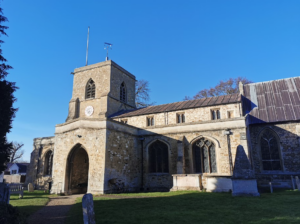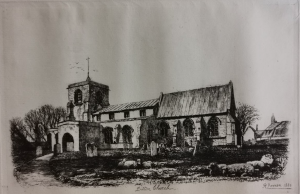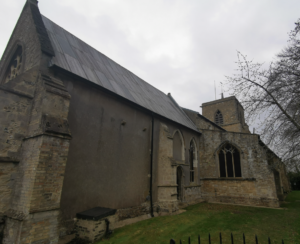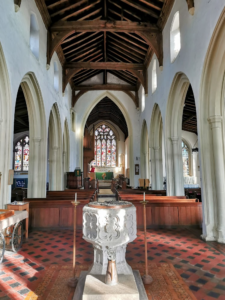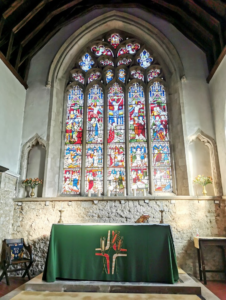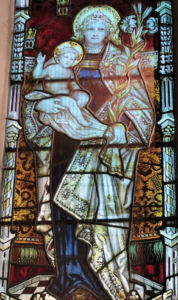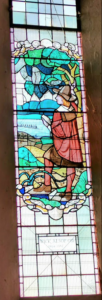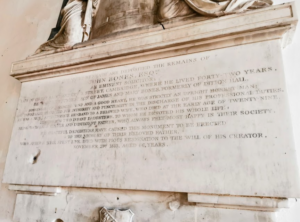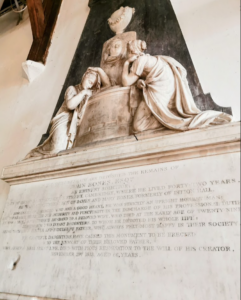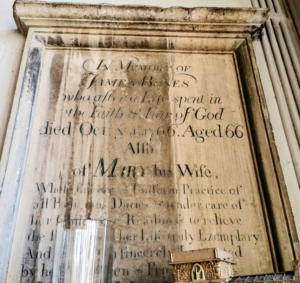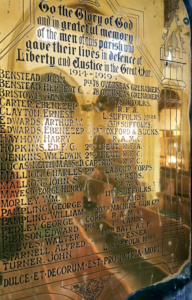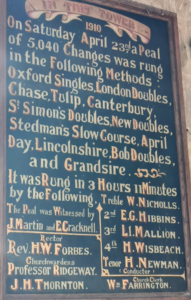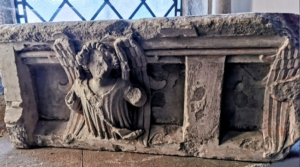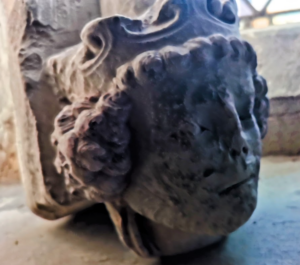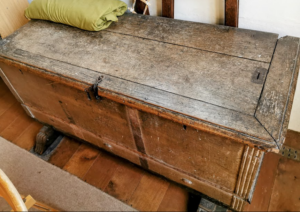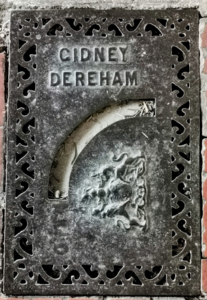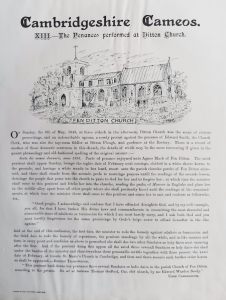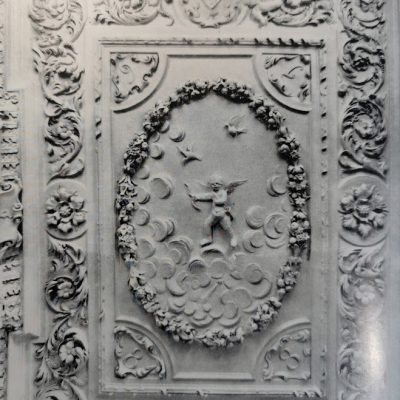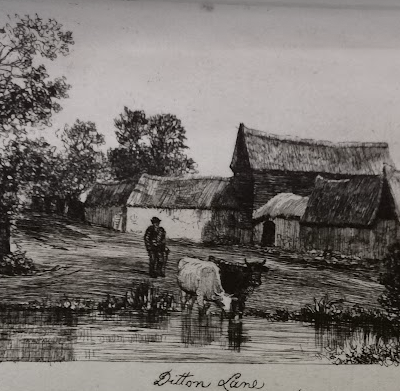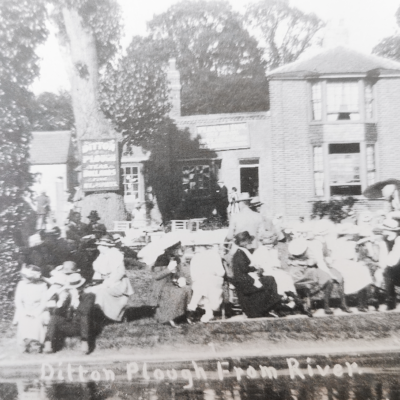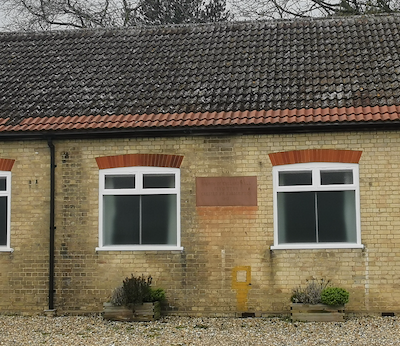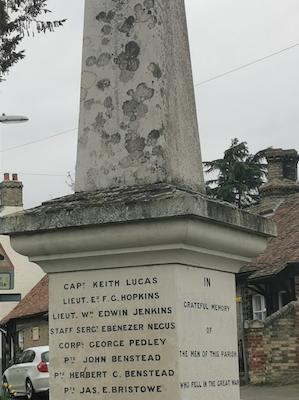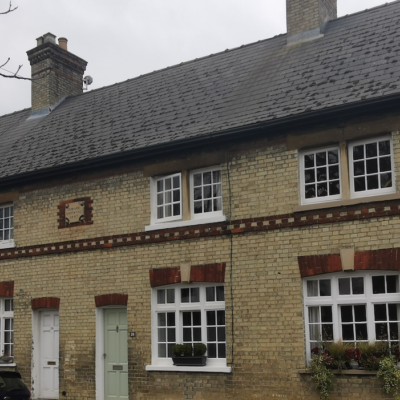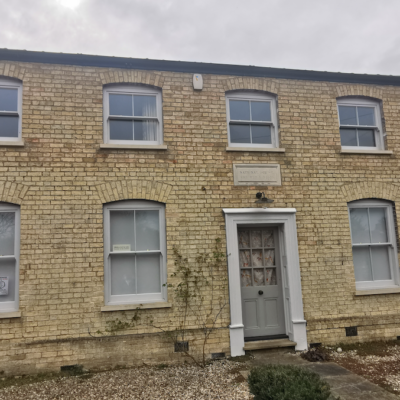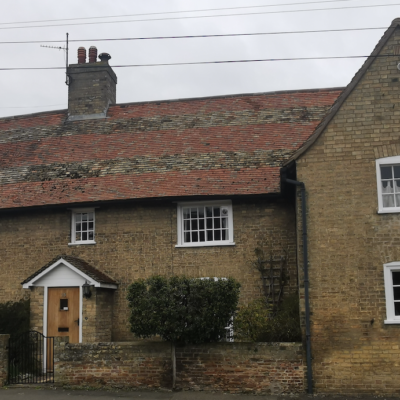Search by topic
- archaeology
- Building of Local Interest
- charity
- church
- crime
- dressmaker
- fire
- Great Eastern Railway
- Listed building
- Mapping Relief
- medieval
- oral history
- poverty
- Public House
- Rattee & Kett
- Religious House
- Roman
- scholar
- school
- Then and Now
- tudor
- women
- work
- world war one
- world war two
Search by text
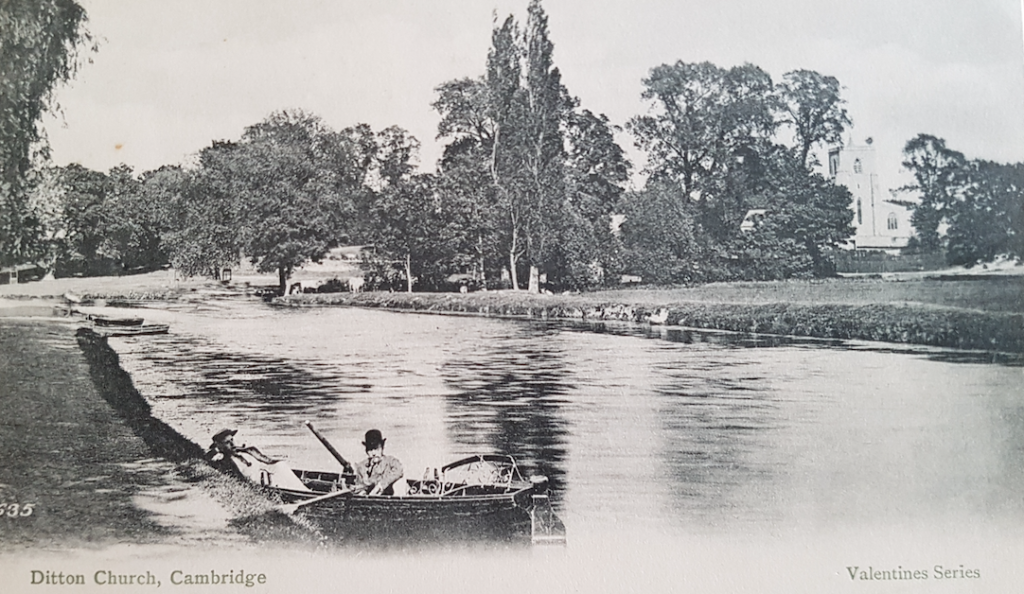 Fen Ditton church from the Cam
Fen Ditton church from the CamSt Mary the Virgin, Fen Ditton
History of Fen Ditton church
Listed building:
Parish Church. North aisle c.1300 and chancel. Nave arcades, clerestoreys, south aisle and south porch C15. Church restored in 1881 by J.L. Pearson (1817-97), and in 1888-9. West tower rebuilt reproducing early C13 details. Walls of flint and limestone, some reused medieval stone with Barnack limestone and clunch dressings. Roofs of lead.
The picture shows Fen Ditton church viewed from the west.
The history of the church can be found here:
https://www.british-history.ac.uk/vch/cambs/vol10/pp127-129
A Railway Traveller’s walk through Cambridge 1871, a tourist guide, describes the boat races:
It is a very interesting sight on a fine May evening, between six and seven o’clock, to see the population of Cambridge, poring by several avenues across the broad Common between the two and the river. the racing course extends about a mile and furlong, being almost entirely embraced by two long reaches of the river, which make an elbow opposite the pretty church and vicarage gardens of Ditton, and form a boundary on the left bank to a Common of fen, which extends far away into the distance. Along the edge of this Common runs the towing path, which is occupied by the spectators. Boats of all sizes are drawn up along the banks ….
Notes to be found on display in the church [2023] state that whilst there was almost certainly a church at the location in Saxon times, the present building dates from the 13th century.
1281 Theobald de Deyn, first rector
Tower was built in the 13th century but completely rebuilt in 1881.
The font dates from the C15th. The Perpendicular Nave dates from the same century and has a King-post roof resting on stone corbels carved with animal heads.
The chancel dates from the C14th. The Rood screen was removed in 1881; a stairway once led to the Rood loft. The East window by Clayton and Bell represents the Lord’s Passion and Death. The lower panels represent healing miracles in keeping with the windows role as a memorial to Dr Haviland, professor of Medicine at Cambridge.
This is the window of the Lady Chapel. The window is by Kemp completed in 1898.
Tower window depicts Bunyan’s Pilgrim ready to cross the river. it is a memorial to Wick Alsopp who was president of the ’99 Rowing Club for over 50 years.
Over the five original bells, only the treble remains. It is inscribed Roger Walton, William Petett, Church Wardens 1623. During the rebuilding of the tower in 1881 the bells were in storage. There was a fire and all except the treble were so damaged that they had to be recast. In 1982 te five bells were replaced by eight Gillet and Johnson bells.
Fragment of a church frieze C14th.
Clunch head with crown C13th.
A C17th chest.
In the nave floor. J W Gidney and son, W T Gidney, had an iron and brass foundry at Dereham in Norfolk.
Contribute
Do you have any information about the people or places in this article? If so, then please let us know using the Contact page or by emailing capturingcambridge@
License
This work is licensed under CC BY-NC-SA 4.0





